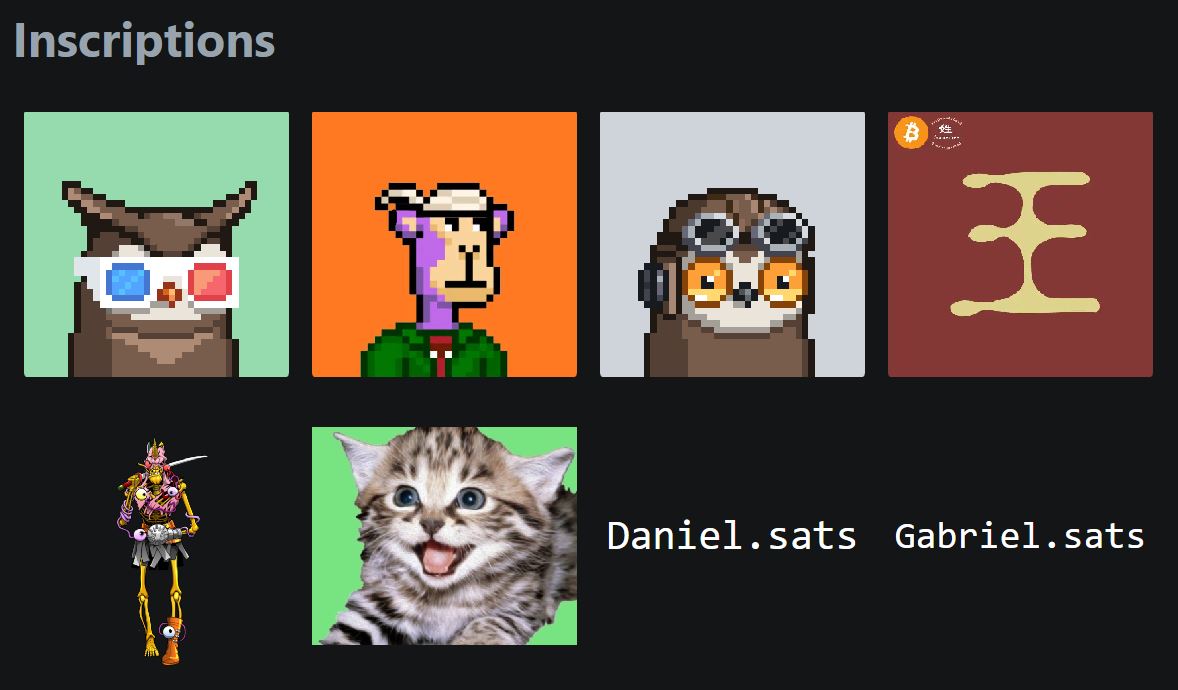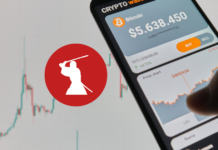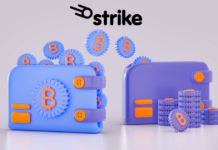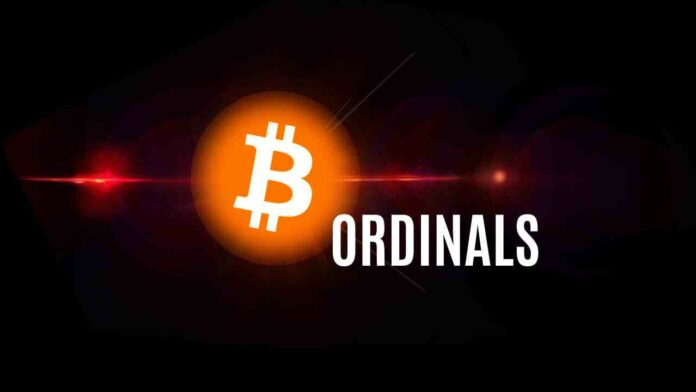Ordinals. Inscriptions. If you’re a crypto newbie, these terms may seem foreign to you. If you’ve been in crypto for long, it is also unlikely you know these terms. Yet, Ordinals have been all the rage this past month. So, what exactly are these? Today, we provide an introduction to Bitcoin Ordinals.
To do so, we’ll be summarizing an interview by Stephan Livera as shown below. Said interview is with Casey Rodarmor, the creator of Ordinals.
Who Is Casey Rodarmor?
The interview starts off with Casey summarizing his own background. In short, he is a long-time Bitcoiner and software engineer. In his early days, he worked for big tech companies like Google and Meta. After discovering crypto, his accomplishments include:
- Helping Chaincode Labs as a Bitcoin core developer.
- Creating Agora. Agora allows users to sell files for $BTC lightning payments.
- Hosting the San Francisco Bitcoin Developer’s meetup.
To date, his biggest achievement would be the creation of Ordinals. He began working on it since early 2022. Moving forward to August 2022, he created ORD. ORD comprises a wallet and block explorer, which you can access here. On 21 January 2023, Ordinals launches and immediately gains a large user base.
What Are Bitcoin Ordinals?
Next, Casey moves on to explain what Ordinals and Inscriptions are. In a nutshell, this is a dual-layer project. Ordinals make up the base layer, and Inscriptions make up the top layer. With this, users can create and store digital NFTs directly on Bitcoin’s blockchain.
1) Ordinals
Ordinals is arbitrary data stored in one satoshi (sat) on Bitcoin’s blockchain. A sat is a small fraction of a Bitcoin. To recap, 1 $BTC equals to 100,000,000 sats. Moreover, users can send/receive ordinals.
As Casey explains in his exact words, “Ordinals are a convention which anyone can opt into”. He states that it is “just a convention that does not exist on the Bitcoin layer”. With it, “you can do things like see a sat’s particular history, make sats rare and exotic, give sats names and other wacky stuff.” Again, he reiterates that “it’s just this thing that you can convention that you can view the blockchain and pretend that individual sats have an identity and individual sats can move from UTXO to UTXO.”
So, how do we modify sats? This brings us to the next layer – Inscriptions.
Inscriptions
Inscriptions refer to the addition of data to each Sat, to make it an Ordinal. Said data can be in various forms, such as:
- Text.
- Audio.
- Video.
- Audio.

In Casey’s own words, inscriptions are “another convention which allows you to stick content (any file returnable by a file server, or any content viewable by a browser). Content is assigned to one of the SATs in the output of the transaction.”. With this, “this turns the sats effectively into a “Digital Artifact”.
Now, you can see that each Sat has the potential to exist as an NFT. Or a Digital Artifact, as Casey puts it. Each Ordinal is also immutable and secure. This is similar in nature to Ethereum’s NFTs.
Pros and Cons of Ordinals
Moving on, Stephan and Casey went on to discuss the pros and cons of Ordinals. Starting with the bull case, Casey states the benefits of Ordinals:
- Representing art, culture and money. Casey explains that old forms of money were intertwined with art and culture. In the olden days, money was in the forms of carved beads and art. Ordinal inscriptions are its modern representation.
- Filling market demand. Casey brings up the immense popularity of NFTs. He believes that Ordinals provide the right product-market fit.
- Onboarding users to the Bitcoin network. Casey opines that Ordinals can attract more users to use Bitcoin.
However, there’s a flip side as well. During the interview, Stephan brings up a few cons for Ordinals.
Firstly, he says that Ordinals could make validating harder. Bitcoin nodes have to download more data in order to validate the blockchain. Casey acknowledges this concern. Secondly, Stephan brings up a concern if Ordinals gaining traction. More users on the Bitcoin network would equate to higher fees. Again, this is a valid point.
The Potential of Ordinals
Despite the cons above, Casey provides a simple reply. NFTs are meant to be fun! Every person views NFTs differently. Some value it while others think that it’s garbage. Truth of the matter is: There is a thriving market for it. So, the Bitcoin network should improve to cater to increased volume instead. It makes no sense to stifle innovation just to keep Bitcoin fees low.
The discussion then segues into the consumption of blockspace. Now, what does this mean? Let’s find out more.
Consumption of Blockspace
Casey makes it clear that Ordinals are more secure compared to Ethereum’s NFTs. This is because Ordinals exist fully on-chain. Remember what we went through earlier? Data is inscribed directly onto a Sat. With that, an Ordinal is as secure as a Bitcoin.
This is in contrast to Ethereum’s NFTs. On Ethereum, NFT metadata could be stored off-chain. It could be stored on third party systems. For instance, an InterPlanetary File System (IPFS) or external servers. If such third parties go offline, you could lose access to your NFT.
Bitcoin is the most badass, resilient, immutable database on planet earth.
Ordinal inscriptions are how you write files to that database.
Stop asking "why ordinals?" if your pfp is stored in the AWS data center in Columbus, Ohio.
— Leonidas.og (@LeonidasNFT) February 23, 2023
With Ethereum, NFTs also face smart contract risks. Your NFT could be lost if its smart contract is buggy or malicious. Bitcoin Ordinals and Inscriptions address both of these risks Ethereum NFTs face. Hence, an increase in blockspace consumption here does have its own benefits too!
Conclusion
All in all, the interview was very informative. The discussion skews toward the technical side at times. Even so, it provides a great overview of Casey’s project.
What I do agree with Casey on is: Bitcoin Ordinals are here to stay. Whether you like it or not. Indeed, it’s a new use-case for Bitcoin. We should embrace such new innovations, rather than fight it.
⬆️ For more cryptocurrency news, check out the Altcoin Buzz YouTube channel.
⬆️ Our popular Altcoin Buzz Access group generates tons of alpha for our subscribers. And for a limited time, it’s Free. Click the link and join the conversation today.



























